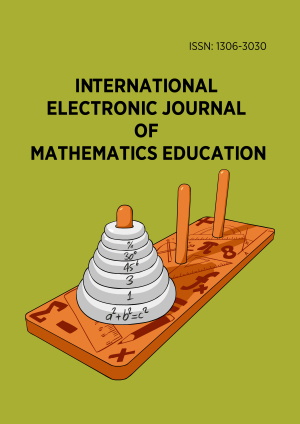Abstract
A mathematical model of optical breakdown at the droplets of dielectric liquid exposed to pulsed laser radiation is developed. The following results are obtained by calculation methods: the distribution of pressure, density and temperature in the vapour aureole of the particle; the temperature field around the droplet of liquid. It has been found that at high energies in the gas bubble, the conditions for thermal ionization of the gas and for the start of electron avalanche, leading to the formation of plasma are created. Due to the volumetric heat generation the droplet overheats and is in a meta-stable state, the plasma formation is almost opaque to radiation, which leads to a sharp rise in temperature. As a result, an explosion occurs inside the droplet, forming a shock wave that propagates outward. The results can be used to assess the performance of high-power scanning lasers (LIDAR) when there are liquid droplets and other suspensions present in the atmosphere. Lasers can be used in fire and explosion safety systems of aerospace machinery. Another area of application is systems of laser ignition and detonation initiation.
License
This is an open access article distributed under the Creative Commons Attribution License which permits unrestricted use, distribution, and reproduction in any medium, provided the original work is properly cited.
Article Type: Research Article
INT ELECT J MATH ED, Volume 11, Issue 8, 2016, 3009-3020
Publication date: 07 Sep 2016
Article Views: 4410
Article Downloads: 3820
Open Access References How to cite this article
 Full Text (PDF)
Full Text (PDF)